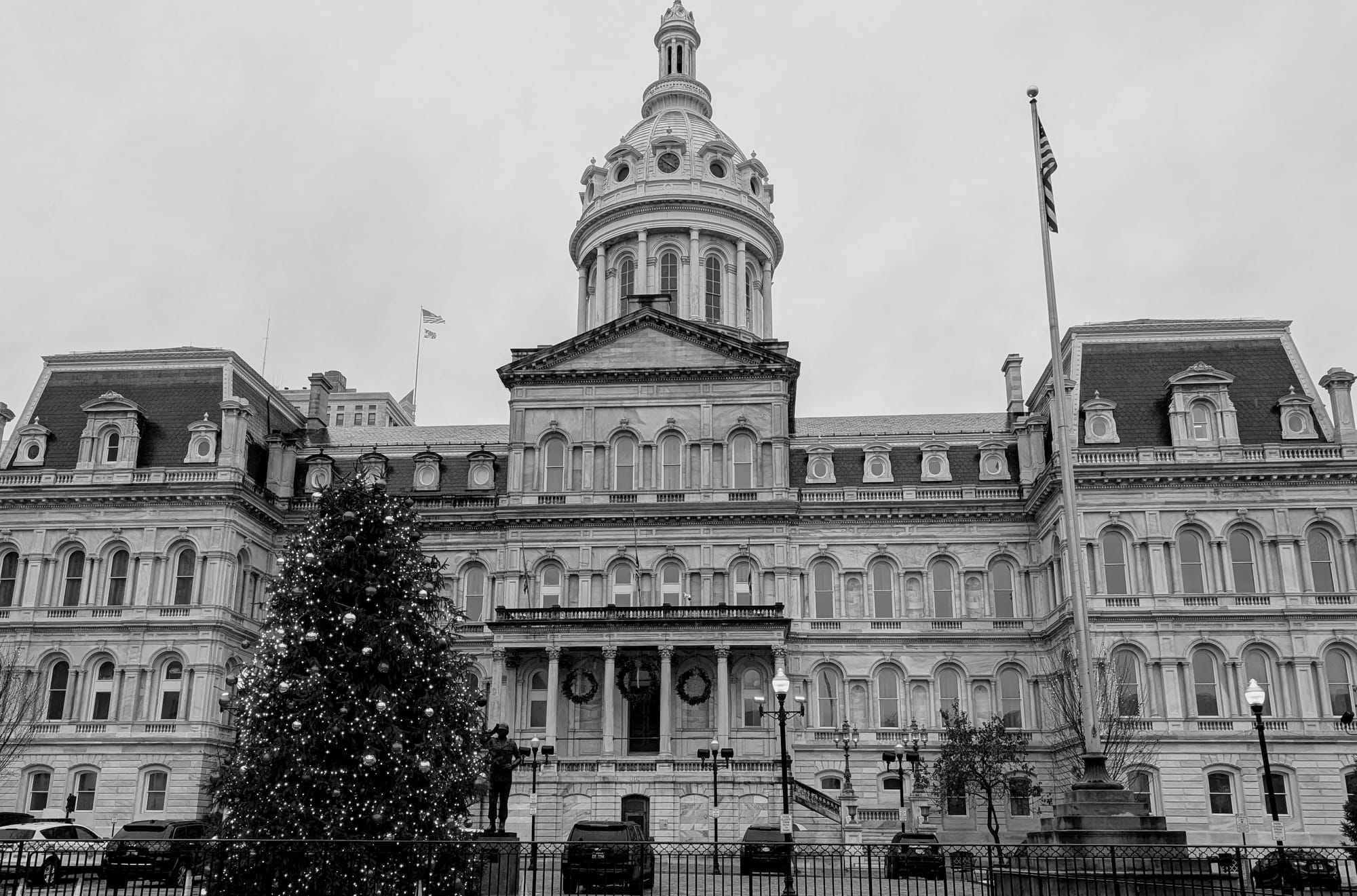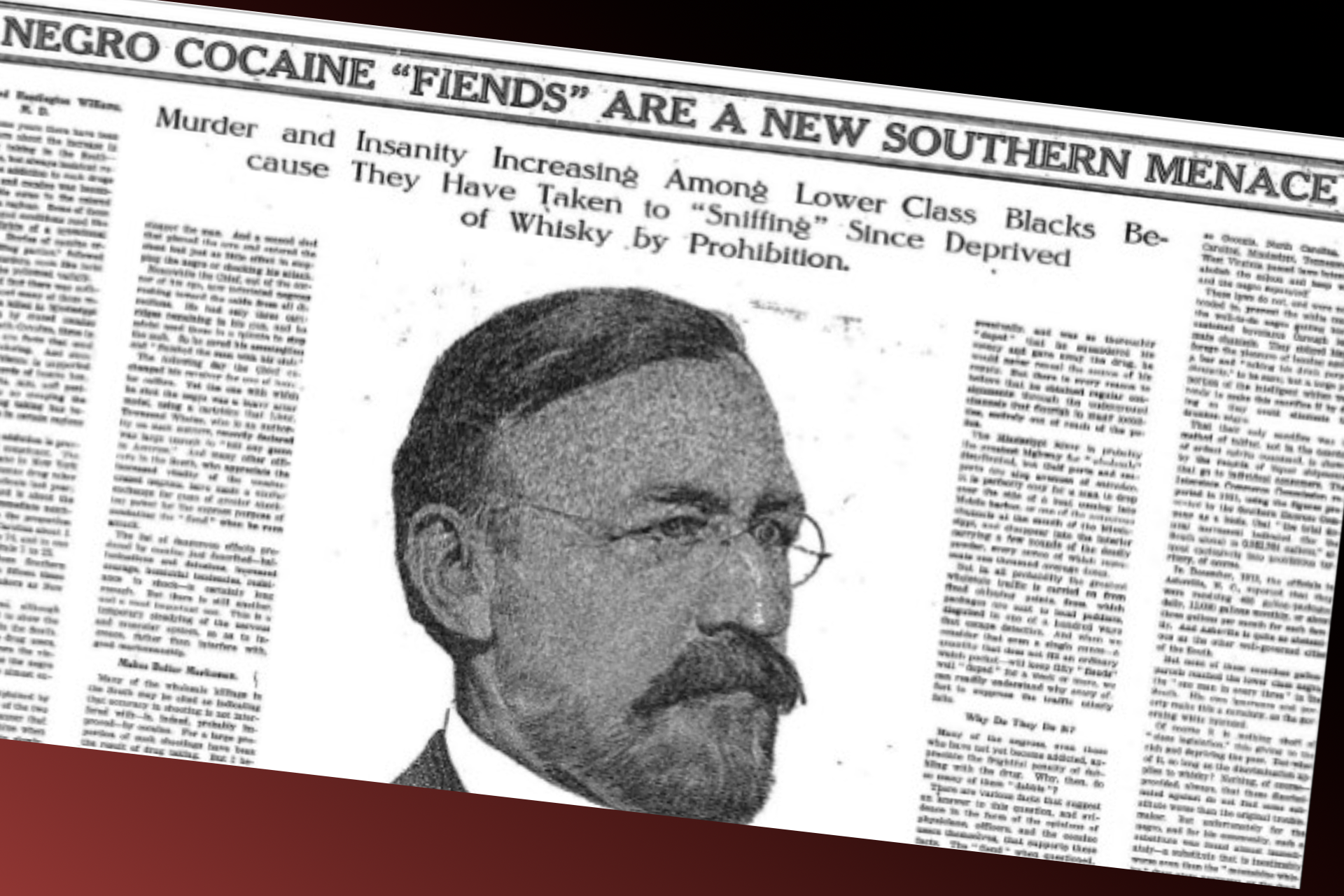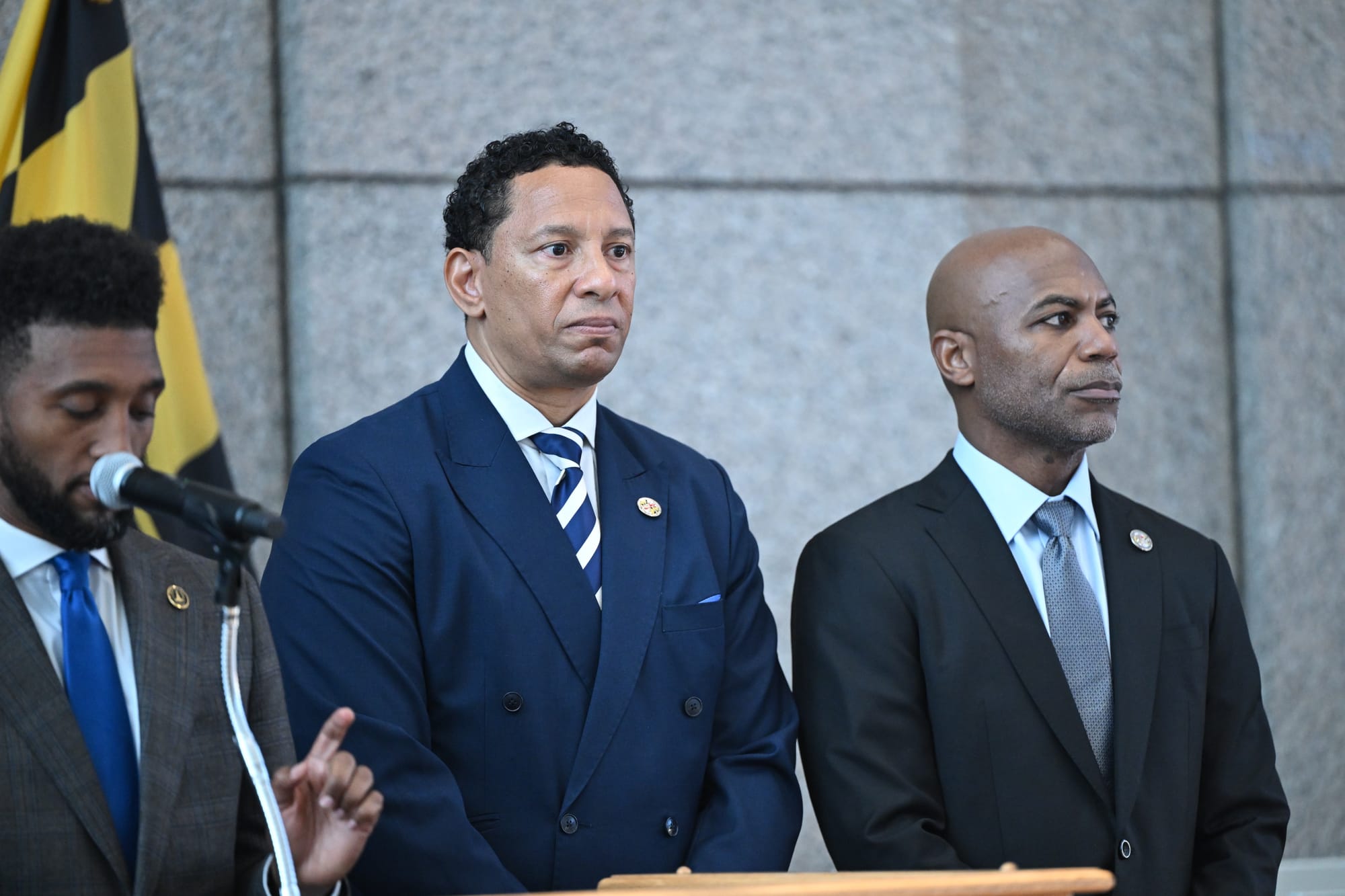
If there's one thing I've learned from covering the harm reduction movement in Baltimore, it's that those on the frontlines don't back down from a fight.
At the annual Tuerk Conference last month, organizers stood resolutely among a throng of abstinence-based treatment programs to cement themselves as a crucial ally in the fight against an unprecedented overdose crisis. And earlier this week, they showed up in numbers at Mayor Brandon Scott's budget town hall to press officials about the fact that the Opioid Restitution Advisory Board would have discretion over just a fraction of the nearly $37 million in funds allocated under Scott's proposed budget.
The growing concerns come as those working on behalf of drug users demand a swift, powerful and transparent response to the city's crisis.
“Every hour, every minute, every second that organizations aren’t properly funded, people die,” said Dave Fell, an outreach manager at the Behavioral Health Leadership Institute. “The quicker that we can strategically get together and say, ‘What really needs to be funded now to save the most lives today,’ the better. That’s clearly what we’re going to have to do.”
Fell, one of roughly a dozen harm reduction activists at the town hall, was spot-on. While Baltimore saw a historic drop in overdose deaths last year, those who use drugs continue to die at astronomical rates in Baltimore.
Harm reductionists clearly see the need for more radical action, and they're fearless in advocating for it. Yet a larger coalition must form to bolster the movement, as evidenced by local officials' failure to embrace drug policy reform.
It was during the HIV/AIDS epidemic that America's harm reduction movement came to be. At the time, the suits and ties in government — and much of the general public — accused them of trying to enable drug users.
A seminal movement in the movement's history was the Needle Eight Trial in 1991, where members of ACT UP, or the AIDS Coalition to Unleash Power, were charged with needle possession during a demonstration that defied the law to provide those who use drugs with sterile syringes.
One of those individuals was Cynthia Cochran, who joined ACT UP the same morning the demonstration occurred. She hadn't even heard about it until the day before. In Maia Szalavitz's book "Undoing Drugs," she details how Cochran bravely threw out bleach kits to drug users in attendance as police arrested organizers.
In 1991, Judge Laura E. Drager acquitted the individuals, citing a "necessity justification" that stated their actions were necessary given the severity of the crisis. It was a landmark decision that vindicated the movement.
It may seem tangential, but Cochran's involvement was a perfect example of the importance of coalition building — something that continued to expand as study after study proved the efficacy of harm reduction.
As it now stands in Baltimore, it's clear that harm reductionists will need the help of the general public to speak truth to those in power and ensure the city is acting in the best interest of drug users.
The ambitious reforms required to combat the crisis are antithetical to the moderate pace of government bureaucracy. There have been some exceptions, such as the city's relatively early adoption of a syringe exchange program and former Mayor Kurt Schmoke's much-maligned advocacy for drug decriminalization.
Both of those things, however, are more than three decades old.
Baltimore harm reductionists have continuously demonstrated their ability to organize, even if the reforms for which they advocate have thus far proven too "radical" for city officials. That perhaps most notably includes overdose prevention centers, which Scott has only supported via state legislation that has repeatedly failed to garner enough support in the General Assembly in recent years.
“With these [OPC and decriminalization] bills, we’ll fundamentally save lives and improve the health of the people of Baltimore,” Dan Rabbitt, policy director at Behavioral Health System Baltimore, told me after the bills died in committee this year.
“It’s the right thing to do. The fact there isn’t political support in the legislature or among leadership today doesn’t mean there never will be. The political whims change.”
Yet more than just the contingent of harm reduction advocates in Baltimore will be needed to change those political whims. Reforms will also require everyday Baltimoreans to show up, and that energy has been lacking.
The fact there have been so many empty seats at the restitution board's monthly meetings is a prime example.
There has been abysmal attendance at the board's first two meetings. Even the press has failed to cover them, as evidenced by the fact The Baltimore Banner had to rely on my reporting to write about growing concerns among members that they'd only have control over just $2 million, or roughly 5%, of the restitution funds used in the mayor's proposed budget.
The lack of attention is demonstrative of a growing sense of complacency — or simple indifference — about the overdose crisis.
The inaction comes as the city has shrugged off proposed reforms such as OPCs and decriminalization, even though they have proven to reduce fatal overdose rates. Instead, the city has largely embraced a prohibitionist framework, with cops contributing to a more lethal drug supply and punitively addressing drug use via enforcement that, like the overdose crisis itself, disproportionately impacts the Black community.
Meanwhile, thousands of drug users have died in the past decade in Baltimore.
If that's not a reason to protest and bolster civic engagement, I don't know what is.
In the spirit of advocacy — and what should be the natural desire to keep one's neighbors alive — a larger coalition must form to bolster the harm reduction movement. It's time to channel the energy from the days when people who cared about drug users would "ACT UP" in the best interest of our most vulnerable neighbors.
Whether you are a harm reduction advocate, someone impacted by drug use or a resident who wants to make a difference, attend the restitution board meetings and upcoming budget meetings.
Demand that more ambitious harm reduction initiatives be implemented with the nearly $670 million in opioid resitution funds heading to the city's coffers. Demand that the process be transparent and dependent on public discourse.
Most importantly, show up and raise some hell. The lives of those who use drugs may depend on it.

Did you miss my article for the Beat this week? What about last week's newsletter? You'll want to check them out:
Despite growing objections from harm reduction workers in Baltimore, the city’s Board of Estimates on Wednesday approved Mayor Brandon Scott’s fiscal year 2026 budget that allocates tens of millions of opioid restitution dollars without the input of the newly appointed advisory board.
At Scott’s budget town hall at Coppin State University on May 6, about a dozen harm reduction workers from a variety of organizations questioned officials about his $4.7 billion budget proposal. The cadre of organizers expected significantly more grant opportunities for harm reduction organizations in the budget, and the Opioid Restitution Advisory Board’s seemingly small role in directing those funds raised flags as they demanded a swift and powerful response to the overdose crisis.
Scott described the issue as a “miscommunication” about how the restitution board functions after the Board of Estimates vote and said the issue was “resolved.” Those who work on the frontlines of the crisis, however, didn’t seem satisfied.
When Mayor Brandon Scott signed an executive order creating Baltimore's Opioid Resitution Advisory Board last year, it was hailed as a new chapter in the beleaguered city's fight against a disastrous overdose crisis.
The 20-member board, composed of public health experts and those with lived experience in addiction and drug use, would play a key role in determining how hundreds of millions of dollars from opioid-related lawsuits were spent, Scott said. That money, paired with their input, would allow Baltimore to revolutionize its harm reduction and addiction treatment infrastructure as it reckons with the loss of thousands of residents to overdoses in the last decade.
Yet in the nascent board's first budget cycle, its members may only have a say in allocating a modicum of what would be dispersed from the dedicated restitution fund in the mayor's proposed budget — a shocking revelation to some board members at a Wednesday meeting. Of the $36.7 million that would be used from the fund in the upcoming fiscal year, the board would only have discretion over $2 million, or roughly 5%.
Mobtown Redux's Overdose Data Dashboard is frequently updated with the latest local, state and national data:
Baltimore's overdose death toll in 2024 has increased to 774 — this is preliminary data that's subject to change as causes of death are determined.
In the 12-month period ending in March, Baltimore saw 679 deaths, a death rate of 115.9 per 100,000 people. Statewide, there were 1,549 deaths, a death rate of 25.1 per 100,000 people.
Neighborhoods in West Baltimore saw the most deaths, an unfortunate pattern in this data.
Check out Mobtown Redux's Overdose Data Dashboard here.
Click here to learn more about harm reduction resources in the Baltimore area.
"Test Strips Do Tell You If Xylazine Is Present, But Prone to False Positives," Filter reports:
Xylazine has emerged as a major adulterant in the unregulated drug supply in recent years. Initially common in certain cities such as Philadelphia, it is now found in communities across the United States. The veterinary sedative can prolong the effects of fentanyl, but has been linked to various harms, including deep skin ulcers and injection wounds that won’t heal.
Many people who use drugs want to avoid xylazine. So several companies have seized the opportunity to develop xylazine test strips (XTS) which, mirroring fentanyl test strips, are designed to quickly and easily determine whether xylazine is present in a substance.
XTS are unregulated and were developed very quickly, leading many to question whether they can be trusted. A new study, published in the Journal of Applied Laboratory Medicine, offers the first broad evaluation of seven commercial XTS products.
Click here to read the full article.









Comments